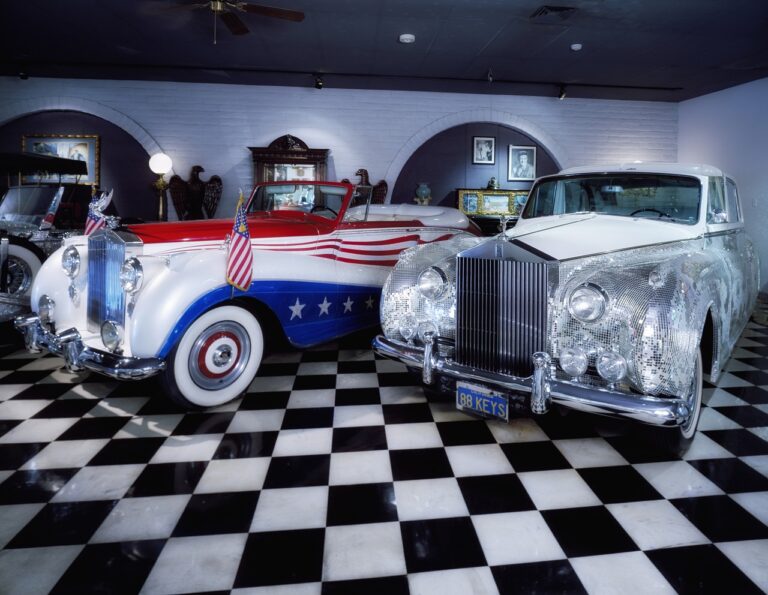The Psychology of Car Door Handles: Design, Functionality, and User Experience
Throughout the history of automotive design, the evolution of car door handles has witnessed significant advancements. From the simplistic external push-button mechanisms of early models to the seamless integration of handles into the door panels of modern vehicles, the aesthetic and functional aspects of door handles have continuously evolved. The transition from manual to electronic door opening systems has not only improved convenience for users but has also influenced the overall design language of automobiles.
Designers have explored various shapes, sizes, and materials to enhance the tactile experience of opening doors, with a focus on user comfort and ease of operation. The integration of touch-sensitive sensors and keyless entry systems has introduced a new dimension to door handle designs, offering a seamless and futuristic interaction with vehicles. As car manufacturers continue to push boundaries in terms of technology and innovation, the evolution of car door handle designs is expected to evolve further to meet the ever-changing needs and expectations of consumers.
The Impact of Ergonomics on Car Door Handle Functionality
Ergonomics plays a crucial role in the functionality of car door handles. The design of a car door handle greatly impacts the ease of use and comfort for the driver and passengers. Proper ergonomics ensure that the handle is easy to grip, operate, and provides a seamless experience for the user.
The size, shape, and placement of a car door handle are all factors that are carefully considered to optimize ergonomics. A well-designed handle should be intuitive to use, requiring minimal effort to open or close the door. Additionally, ergonomics influence the overall safety of the vehicle by ensuring that the handle is easily accessible in case of emergencies.
The Influence of Material Selection on User Experience
Material selection plays a crucial role in shaping the overall user experience of car door handles. The choice of materials influences not only the aesthetic appeal but also the functionality and perceived quality of the handle.
For instance, using high-quality metals like aluminum or stainless steel can impart a sense of durability and luxury to the door handle. On the other hand, opting for cheaper materials such as plastic may compromise the overall feel and longevity of the handle.





